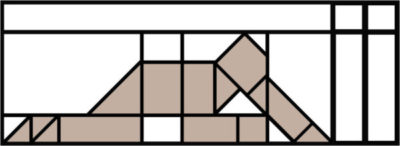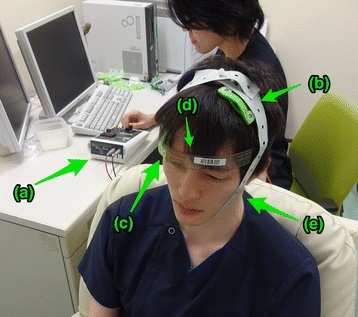A brand new study, published in Nature Medicine, suggests that transcranial direct current stimulation (tDCS) can be used, safely and effectively, for depression, by patients at-home.
TCDS is a type of noninvasive brain stimulation that uses electrodes to send a weak current which activates key portions of the brain while participants wear a cap or band across the forehead.
Currently, the method is only used experimentally in some countries and, always, at a clinic.
Now, the study.
Researchers at UT Health Houston, the Institute of Psychiatry, King’s College London, and the University of London gave one group of depressed participants a device using active tDCS and the other group, an inactive tDCS device.
In other words, the device providing brain stimulation was real for one group; fake for the other group. Participants had no way of telling whether they were getting active or inactive treatment.
Well, turns out that the real deal turned out to be much more effective.
Patients who received genuine tDCS were 300% more likely to report significant improvement in their symptoms of depression than patients who got the sham tDCS.
Here’s another interesting part about the study.
All participants (in the experimental group and control group) were currently on antidepressants for at least 6 weeks when they began treatment.
At first glance, one might object, “Well, it’s the antidepressants that were helping,” but keep in mind that these patients came into this study, depressed, despite the antidepressants.
In other words, they weren’t feeling the benefits that millions of others (including myself) get from antidepressants.
Thus, this study’s results suggest tCDS might be an effective treatment for those who can’t get relief from antidepressants.
The more options, the better.
And in case you were wondering about side effects, they were remarkably mild.
At week 10, reports of skin redness ((active = 54 (63.5%); sham = 15 (18.5%), P < 0.001), skin irritation ((active = 6 (6.9%); sham = 0 (0%), P = 0.03) and trouble concentrating ((active = 12 (14.1%); sham = 3 (3.7%), P = 0.03) were greater in the active treatment arm relative to the sham treatment arm. There were no differences in headache, neck pain, scalp pain, itching, burning sensation, sleepiness or acute mood changes between treatment arms. Two participants in the active group described developing ‘burns’ at the left anode site.
Read more on the study here.
Now, of course there are a lot of steps to getting this approved and actually available to patients at home. And those steps will look very different, country by country.
But thank the Lord for scientists who continue to look for ways to treat this disease.
If you’re depressed, or struggle with any aspect of mental health…
For readers from the United States….
Find a psychiatrist here.
Find a therapist here.
For readers, internationally, seek help from a local resource.
For salvation, Christ and Christ alone.
[Photo: By Yokoi and Sumiyoshi. 2015 – https://npepjournal.biomedcentral.com/articles/10.1186/s40810-015-0012-x, CC BY 4.0, Link].

